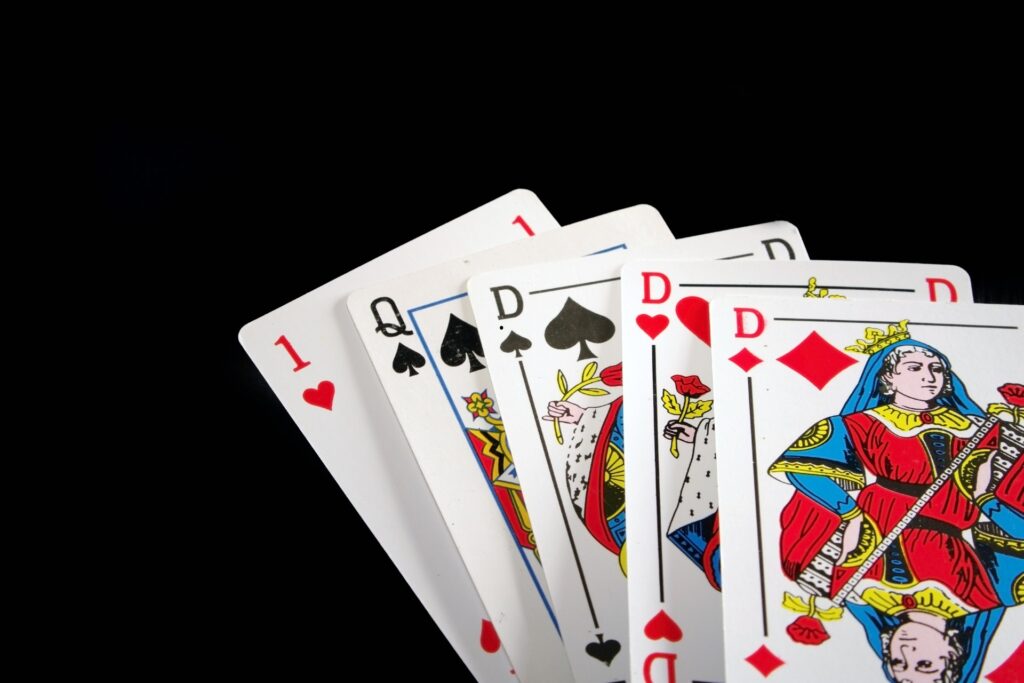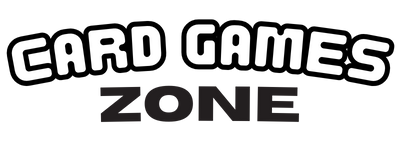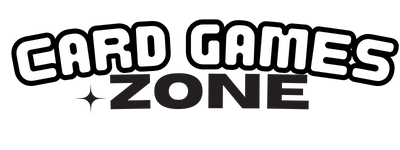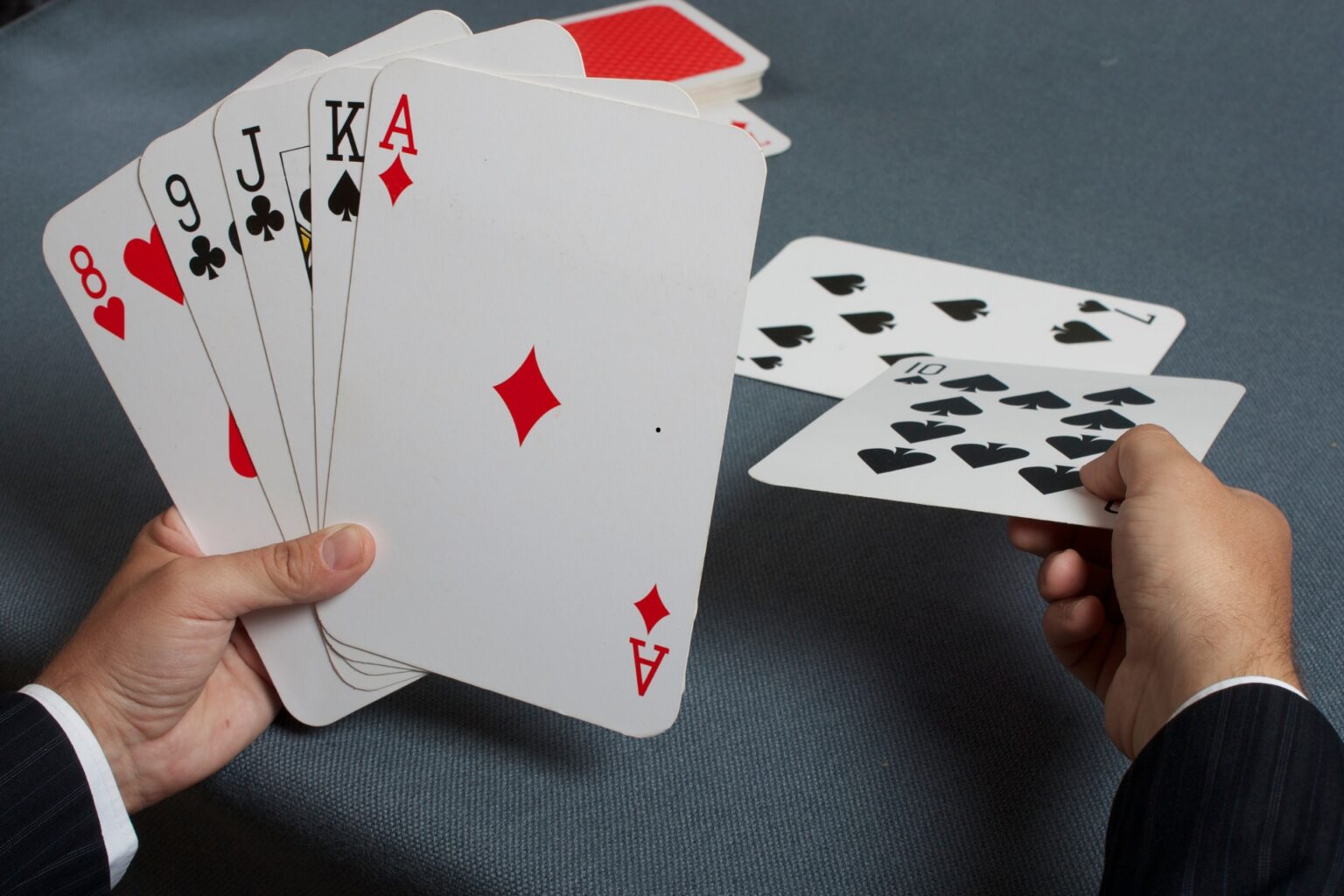Piquet is a classic two-player card game with its origins tracing back to the 16th century in France. It combines elements of trick-taking and melding combinations, making it a delightful and strategic card game. This comprehensive guide will walk you through the essential rules, strategies, and interesting variations of Piquet. Whether you’re a beginner or an experienced player, this article will provide valuable insights to help you master the game.
What You Need
- A 32-card deck (omit the 2s through 6s from a standard 52-card deck). The cards rank from highest to lowest: A, K, Q, J, 10, 9, 8, 7.
- A scorekeeping method (traditionally mental tally, but a crib board or scoring app can be used).
Who Can Participate
- Piquet is designed for two players.
- It’s suitable for ages 12 and up, given its strategic depth and scoring complexity.
Objectives/Goals
The primary objective in Piquet is to score the most points by forming card combinations (point, sequence, set) and winning tricks. You aim to reach 100 points to win the game. In a more detailed variant, Rubicon Piquet, the goal is to have a higher score after six deals, with penalties for the player who scores under 100 points.
Step-by-Step Instructions
The Deal
- Each player deals in turn. The player with the lower card deals first.
- The dealer (called Younger) and the non-dealer (Elder) each receive 12 cards in batches of two or three.
- The remaining eight cards form the “talon” and are placed face down on the table.
The Blank (Carte Blanche)
A blank is a hand containing no face cards. If you have a blank, you score 10 points by displaying your cards. Elder must claim immediately; Younger announces first but reveals after Elder’s exchange.
The Exchange
Elder: Discards 1-5 cards and draws from the top of the talon to complete a 12-card hand. Must discard at least one card. Younger: Discards and draws up to the remaining cards in the talon. Unlike Elder, there’s no obligation to discard any cards.
Declarations
Players announce combinations of cards they hold in three classes: point, sequence, and set. Elder always declares first.
Point:
- Longest suit summed by face values (Ace 11, face cards 10, and numerals at face value).
- If Younger can’t match or exceed, Elder scores.
Sequence:
- Runs of consecutive cards in the same suit (tierce, quart, quint, etc.).
- Elder declares and scores if Younger cannot match or exceed.
Set:
- Groups of three or four of a kind (Tens or higher).
- Elder declares and scores if Younger can’t improve or draw.
Announcing the Score & Trick Play
- Elder leads the first trick and counts 1 point for leading.
- Younger scores for point combinations that are “not good” for Elder before responding.
- Players follow suit, highest card wins the trick. No trumps are used.
- Points for tricks: 1 point for leading, 1 point for capturing the lead.
- Additional points for the last trick (1 point) and majorities (10 points for 7-11 tricks or 40 points for all 12 tricks).
Scoring Bonuses
- Pique: 30 points for reaching 30 points in combinations and tricks before the opponent scores.
- Repique: 60 points for reaching 30 points in combinations alone before the opponent scores.
- Cards: 10 points for winning the majority of tricks.
- Capot: 40 points for winning all 12 tricks.

Variations or Alternatives
- Rubicon Piquet: A six-deal game where failing to reach 100 points results in a “rubicon” penalty.
- Auction Piquet: Players bid for the right to be Elder and exchange five cards.
- Contract Piquet: Scored “above the line” for combinations and “below the line” for tricks with bonuses.
- Carte Rouge: A hand where each card is part of a scoring combination.
Tips and Strategies
- Card Counting: Track which cards have been played to better predict future tricks.
- Bluffing: Sometimes withholding a declaration (sinking) can keep your opponent guessing.
- Optimal Exchanges: Decide carefully how many and which cards to exchange for maximizing your combinations.
Piquet Quiz
1. How many cards are used in a Piquet deck?
2. What is a ‘repique’ in Piquet?
3. How many points is winning all 12 tricks worth?
4. What should players do if they have a blank?
5. What is the primary goal of Piquet?
Interactive Scenario
You are playing as Elder and have a strong hand. How would you proceed to maximize your score?
Question: What is your first move?
Answers & Explanations
Option A: [Explanation for Option A]
Option B: [Explanation for Option B]
Option C: [Explanation for Option C]
Option D: [Explanation for Option D]
Additional Resources
- Rules and tactics by Noel Leaver
- Piquet on Britannica
- Piquet on Wikipedia
- Medieval and Renaissance Games by Justin duCoeur
Conclusion
Piquet is a game rich with history and strategic depth. By understanding the rules, embracing the variations, and applying expert tips, you can enhance your gameplay and enjoy the intricate challenge that Piquet offers. Dive into the resources provided to expand your knowledge and keep honing your skills.





